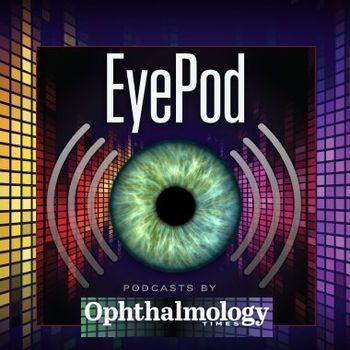
Studies confirm existence, describe nature of phaco cavitation
San Diego - Despite the doubts of some investigators, cavitation is a real, measurable phenomenon in phacoemulsification with the Sovereign phaco instrument (AMO, Santa Ana, CA), according to Mark E. Schafer, PhD.
San Diego - Despite the doubts of some investigators, cavitation is a real, measurable phenomenon in phacoemulsification with the Sovereign phaco instrument (AMO, Santa Ana, CA), according to Mark E. Schafer, PhD.
Moreover, cavitation has different characteristics depending upon the mode of phaco power used. These were the results of the most recent studies presented here at the American Society of Cataract and Refractive Surgery meeting by Dr. Schafer, president and principal scientist, Sonic Tech Inc., Ambler, PA, a company specializing in evaluation of ultrasound systems.
This in vitro study of phaco tips operating in WhiteStar and continuous power modes was conducted in cooperation with the University of Washington Applied Physics Laboratory, which Dr. Schafer described as a recognized authority for its studies on acoustic cavitation.
"Hydrophone scanning shows that the cavitation energy coming from phaco tips is a very narrow beam." he explained. "It is entirely possible for someone who is measuring off at an angle not to see it. The fact that some other laboratories have not found cavitation does not mean that it doesn't exist. It could indicate the failure of their methods of detection."
In one set of measurements, the phaco tips were placed in water tanks containing two independently operating passive cavitation detectors.
"The passive cavitation detectors found cavitation occurring at very high frequencies up to 11 MHz," Dr. Schafer said.
Measurements of the Sovereign instrument detected similar amounts of cavitation in continuous wave (CW) mode and in the WhiteStar mode. The cavitation created in CW mode, however, reached something of a plateau at about 40% phaco power. Cavitation continued to increase in the WhiteStar mode and reached a higher level than CW mode above 90% phaco power.
Cavitation was also assessed using photomultiplier tubes to measure the light produced by the violent collapse of cavitation bubbles. In this apparatus, a mirror was positioned in line with the axis of the phaco tip and angled to reflect the light flashes toward the photomultiplier tube. This allowed measurements to be made along the path where cavitation occurs.
"The photomultiplier tubes also detected cavitation," Dr. Schafer said, "and indicated that it is a transient phenomenon with the Sovereign phaco tip in the WhiteStar mode."
It thus makes sense for surgeons to take advantage of cavitation energy during phaco in order to increase the efficiency of nucleus removal with the Sovereign.
"Previous work also indicates that the surgeon should work with the tip bevel-down, because the cavitation energy is coming off the bevel of the tip," he said.
Newsletter
Don’t miss out—get Ophthalmology Times updates on the latest clinical advancements and expert interviews, straight to your inbox.













































